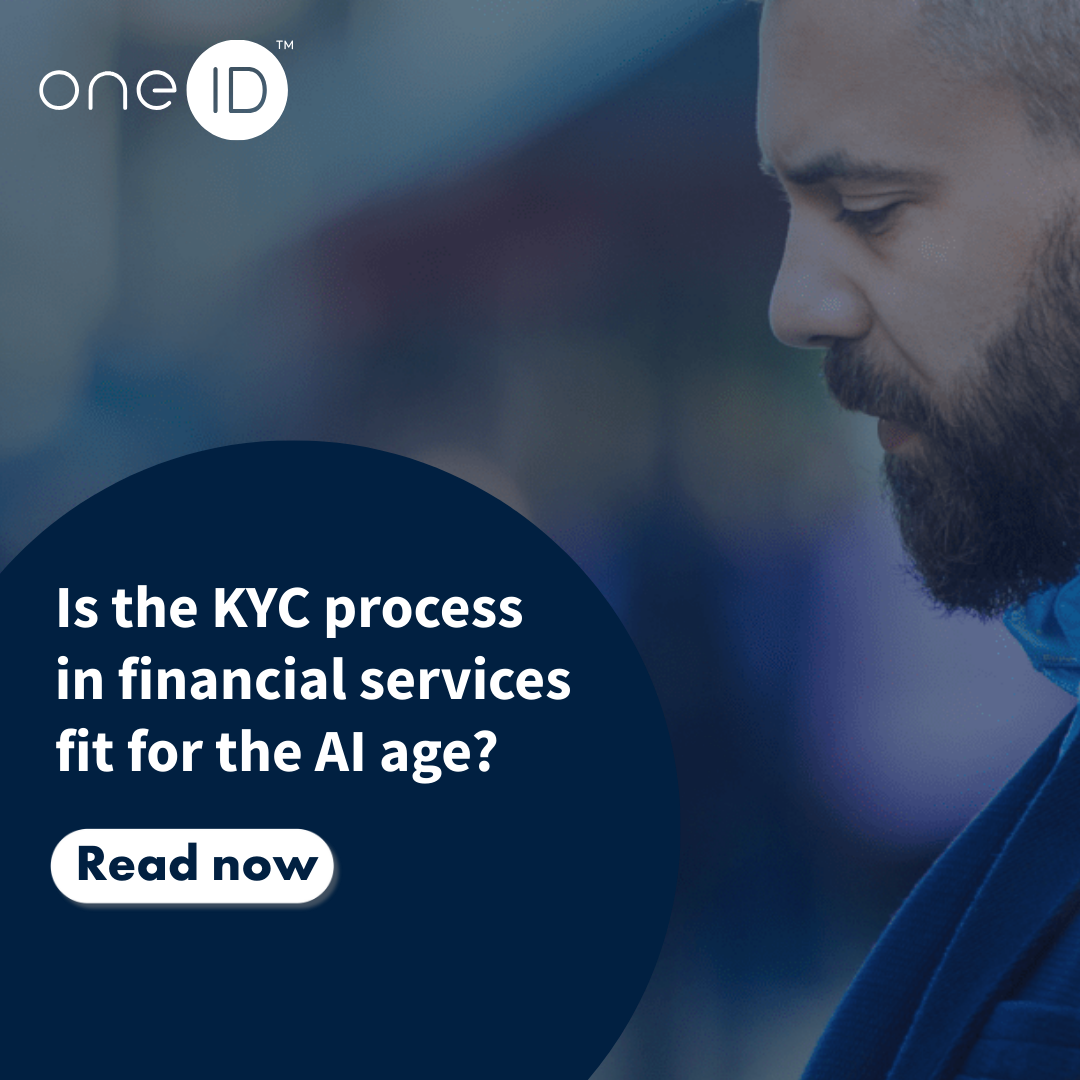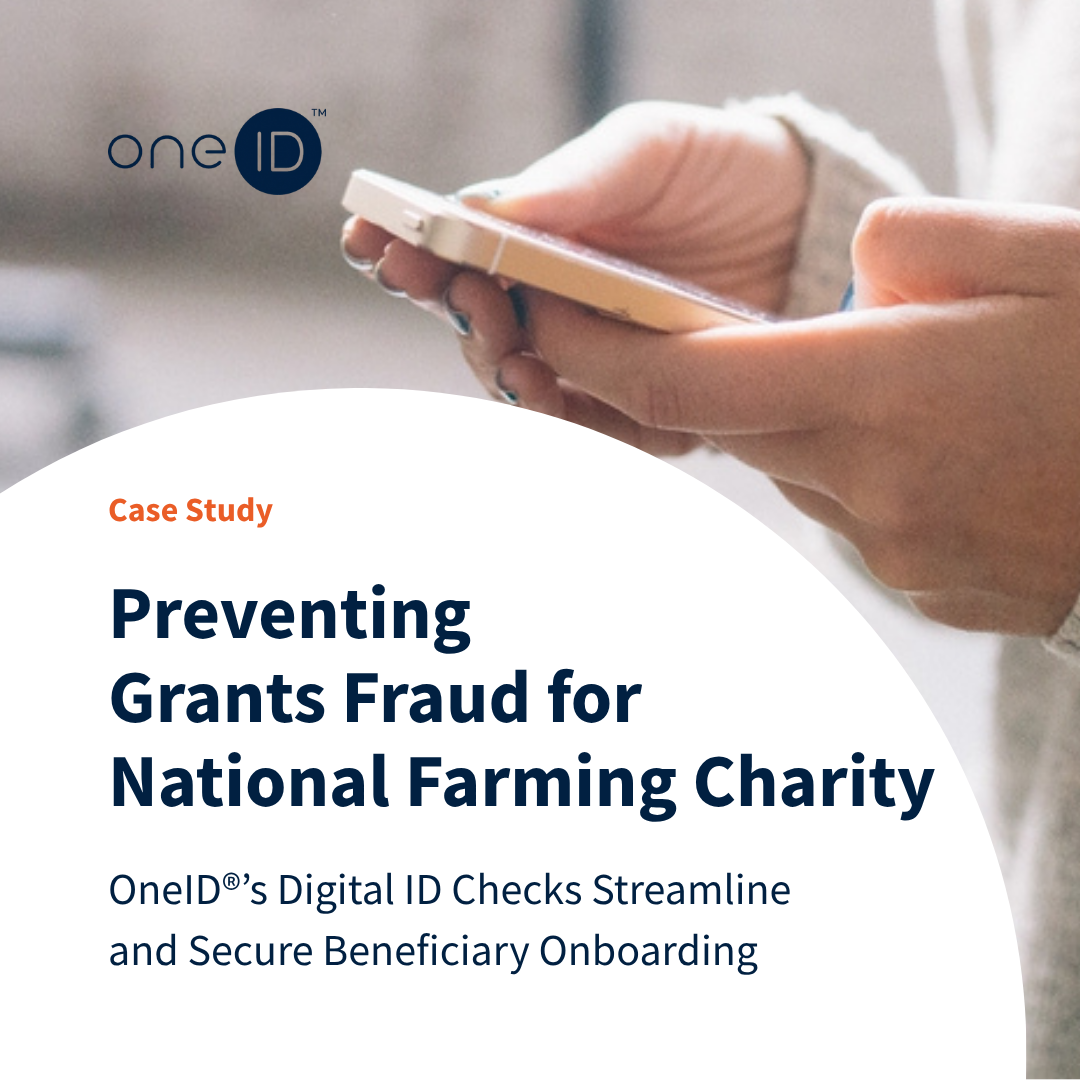Article originally featured in Fintech Times
Better digital identity solutions are helping tackle challenges for businesses, banks and individuals across a variety of use cases, from faster onboarding to safer authentication. But what role does digital identity have to play in safer payments?
Digital identity, in one form or other, has existed for as long as we have used digital environments.
Awareness surrounding digital identity, what it means, how it should work and what it can do for us, is an increasingly, and sometimes controversial, topic of debate and discussion.
Our digital identities are a set of attributes and credentials that can be verified digitally, used to identify us both online and offline.
The key aspect of a digital identity is that it can be authenticated remotely through digital channels.
Research from governments, consultancies and individuals alike has found that ensuring everyone has access to good digital identity solutions is key to achieving inclusive, sustainable growth globally.
A report by McKinsey showed that digital IDs could unlock economic value equivalent to 3-13% of GDP by 2030, and with the UK Government publishing its first ‘alpha’ trust framework for digital identity this hasn’t been overlooked.
The value of improving digital identity systems is being widely recognised, with Matt Warman MP, Minister for Digital Infrastructure, saying an agreed digital identity will be “the cornerstone of future economies”.
One such area in which the value of a comprehensive form of digital identity is essential is in the payments space.
With UK Finance having set up a working group looking at payments use cases for digital ID, alongside the growing demand for safer ways to pay from consumers whose lives are becoming increasingly digitalised, digital identity has a key role to play in achieving safer payments.
Currently, authentication in payments is sticky, difficult and often not secure enough.
Customers are required to go digging around their filing cabinet to scan in physical documents or create online login credentials that are all too often forgotten, or worse, repeated.
These methods are cumbersome for all parties involved and leave digital payments transactions wide open to fraudsters.
New Strong Customer Authentication (SCA) requirements, first introduced for implementation in 2019 and recently further delayed in the UK, aim to reduce credit and debit card fraud through two-factor authentication technology.
Their introduction was however widely contested across Europe, as businesses reported the required new processes significantly increase friction and frustration for consumers, negatively impacting sales.
In fact, where rules have already been enforced, online merchants in Europe have reported reductions in conversions between 25-40%.
Access to an assured digital identity for making payments could achieve the fraud-minimising targets of SCA requirements without compromising on customer experiences and convenience in transactions.
Some digital identity solutions, such as OneID®, utilise Open Banking infrastructure to achieve safe, secure, easy and quick payments. Verifying users through the biometrics they use with their digital banking ensures a level of security in payments not otherwise achieved.
Individuals identify themselves through their digital bank, using the biometric login methods they always use to access their accounts.
Whether this be face or fingerprint, businesses will be receiving bank-verified data that they know is coming from the right person.
Not only does this significantly minimise the risk of many types of fraud, including identity theft, Card Not Present (CNP) and Authenticated Push Payment (APP) fraud, it also meets SCA requirements and provides businesses with the confidence to accept payments.
For consumers, the need to authenticate payments via complex methods of log-ins and documents is eliminated. Not only does this mean enjoyable online experiences, but also protection from data leaks and fraud, since only individuals themselves have access to their biometric identifiers.
For businesses, immediately the benefits of better customer experience are realised; frictionless onboarding and authentications, reducing abandonment and driving conversions.
Even better, this improved customer experience is achieved without compromising on security and actively achieving safer payments processes.
Meeting SCA requirements without disrupting customer journeys is not the only use case for digital identity in achieving safer payments. Research by consumer body Which? showed that more than £700,000 is lost to bank transfer fraud every day in the UK.
In 2020, authorised push payment (APP) scams cost consumers £479million, whilst card not present (CNP) fraud totalled £452million in the same period according to UK Finance.
Preventing APP scams by securely verifying recipients are legitimate before payments are made, or minimising CNP fraud by verifying the user of a credit card is in fact the owner is within the capabilities of an assured digital identity.
Imagine the impact on CNP and APP fraud if payment data fields (e.g. card number) were automatically pre-filled and locked by your bank because they were certain it is you making the payment.
It eliminates the opportunity for fraudsters to enter false payment details and would make a huge impact on the £1billion+ lost in CNP and APP fraud per year. The incentives for banks to integrate digital identity into their payment processes are real and growing.
Article originally featured in Fintech Times

What are some of the biggest obstacles to growth that traditional or document-based identity verificatio...

A UK-based farming charity needed a faster, more secure way to distribute grants and relief payments. Th...

The Online Safety Act (OSA) marks a new chapter in how we think about digital responsibility. 60 days af...

Turnkey, a leading provider of insolvency software solutions, has announced a new partnership with OneID...